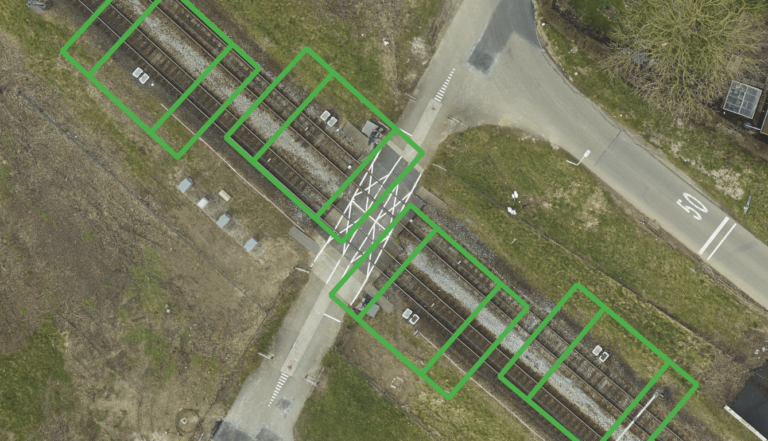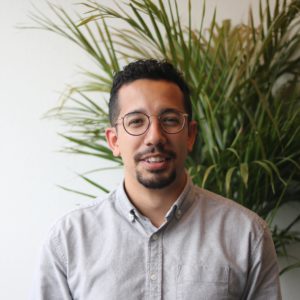In early january 2019 we encountered a challenge from the Startup in Residence program concerning the use of leaseland. This post is the first in a series in which we will take you along the business and technological developments of the challenge.
The Rijksvastgoedbedrijf (RVB), part of the Ministry of the Interior, owns 45,000 hectares of agricultural land. This land has to be cropped according to a crop rotation plan to prevent soil depletion and ensure durability. However, the RVB is missing tools to gain insight in the actual use of the land to determine whether the plan is being complied with. As a consequence, the Ministry of Economic Affairs, which offers subsidies to crop these lands, can not determine whether its subsidies are rightfully provided.
We submitted our proposal along with 32 other participants, went through three rounds of pitching and refinement, and eventually won the challenge with our final proposal. This marked the first project of Geronimo.AI, 3 months after our enlistment in the chamber of commerce and a few weeks into our full time dedication.
The interest for the RVB is encapsulated in the following three questions:
- How do we gain insight into the use of of the leased land?
- Are the prescribed construction plans complied with?
- Is the requested subsidy in line with the use of the leased land?
All these questions can be answered with a full classification of grown crops on the 45,000 hectares. This would offer insight, the possibility to check compliance with the construction plan and whether subsidies are rightfully provided. If only such a classification was available…
A common method to represent the growth of crops is based on their reflection and absorption spectra. Roughly speaking, biomass absorbs red sunlight and reflects near infrared. Satellite images, which hold these absorptions and reflections, can be used as input for this method. This results in a curve representing the growth of a crop, so-called growth curves. Also, research has shown that classification of crops based on growth curves, such as potatoes and corn, is possible.
Our proposal was to use these methods to further classify crops from satellite images using a data-driven approach, i.e. to train a model to classify crops based on their growth curves.
To train such a model a ground truth, or a labelled data set is required. All farmers are required to register what crops they grow. If this would be a truthful registry there would be no problem for us to solve. However, the registry contains both the leased lands and the private lands. Since there is no incentive for farmers on private lands to fraude this registration, their entries can be used as a labelled data set.
Now we got something to work with: We have a data-driven solution to classify crops (growth curves and classification), we have the data driving this solution (satellite images), and we have a labelled data set to train and verify the solution (registry and clustering). The results of this solution have to be visualised so the users of the RVB can utilize it to answer their questions. Therefor we partnered with Dacom, a company specialised in hardware & software for agricultural applications, which will add features to their Boer & Bunder platform to visualize our analysis and suit the needs of the RVB. We baptised this new application as the Crop Detector!
The upcoming months we will develop the Crop Detector in close cooperation with the end users of the RVB and Dacom to ensure a consumer fit product. We will keep you up to date!


![On satellites, growth curves and the birth of the Crop Detector [2]](https://geronimo.ai/wp-content/uploads/2019/05/blog2-min-768x441.png)








